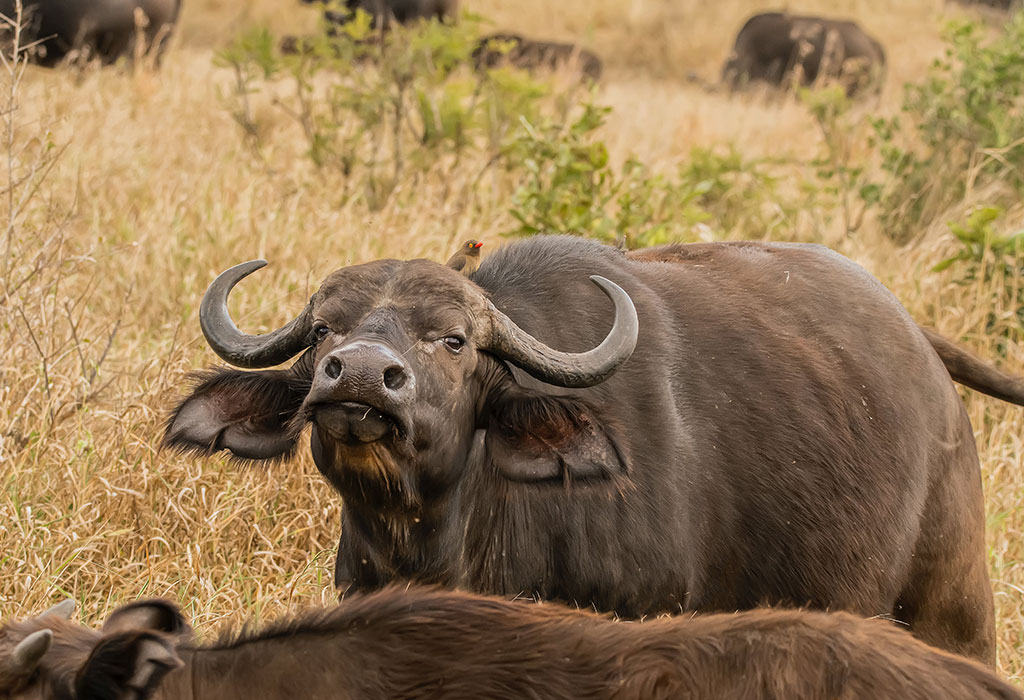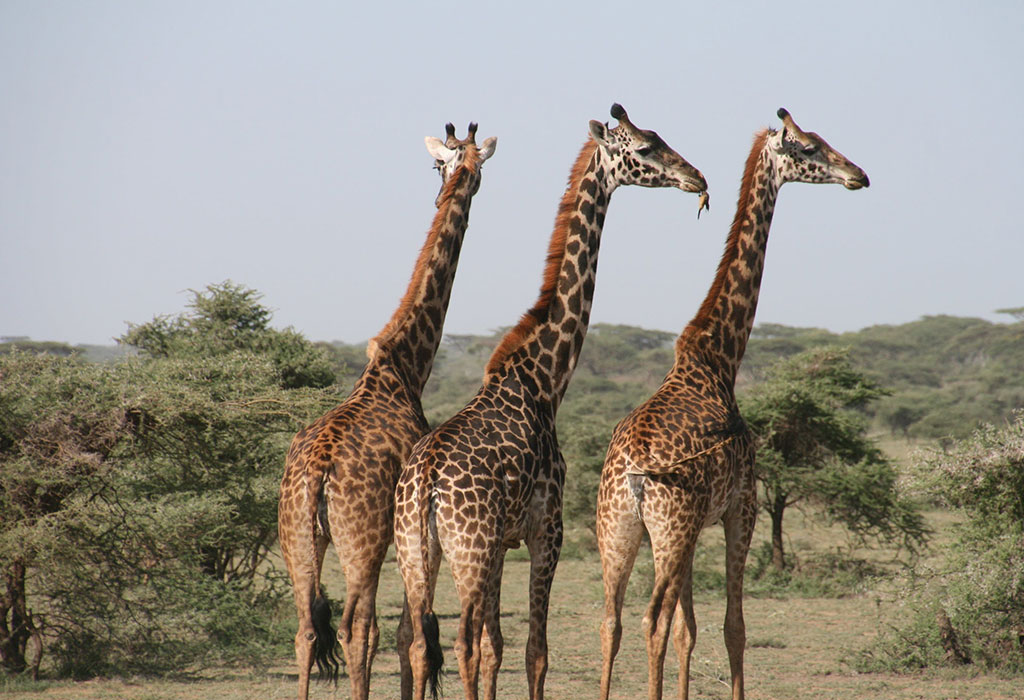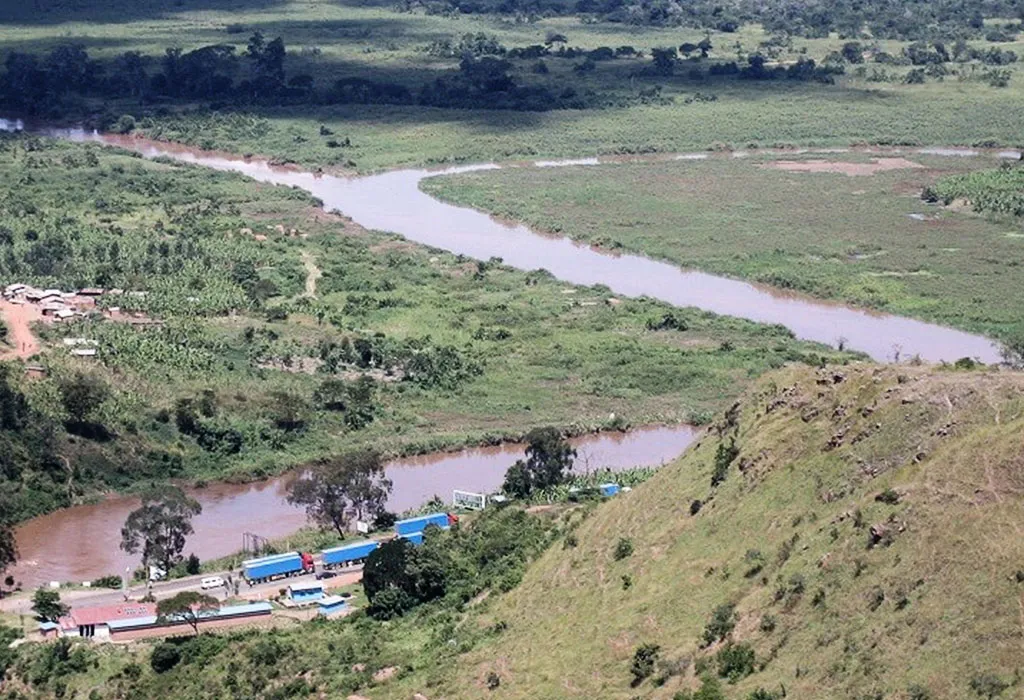Main activities in Akagera; Akagera National Park stands as a testament to the country's commitment…
What size is Akagera National Park in Rwanda
What size is Akagera National Park; the park is situated in the eastern part of Rwanda, is a captivating testament to the country’s commitment to conservation and biodiversity. Spanning an expansive area, Akagera National Park showcases the remarkable efforts made to restore and protect the region’s unique ecosystem. Covering approximately 1,122 square kilometers, Akagera National Park is not only the largest protected wetland in central Africa but also a vital sanctuary for a diverse array of flora and fauna.
The park’s size is a key factor in its ability to sustain a rich and varied ecosystem. The vastness of Akagera National Park enables it to support an impressive range of landscapes, from rolling savannahs and grasslands to woodlands and wetlands. These diverse habitats create a mosaic of environments that cater to the needs of a wide array of wildlife species, fostering a delicate balance in the natural order.
One of the defining features of Akagera is its expansive wetlands, including a chain of lakes, the largest of which is Lake Ihema. These wetlands cover a significant portion of the park and serve as crucial breeding grounds for various water birds, including the iconic African fish eagle and the majestic grey-crowned crane. The wetlands also support a healthy population of hippos and crocodiles, adding to the park’s overall ecological richness.
In addition to its wetlands, Akagera boasts extensive savannahs that are reminiscent of the classic African landscape. The park’s grassy plains provide a suitable habitat for large herbivores such as elephants, giraffes, and buffalos. Notably, the successful reintroduction of lions in 2015 marked a historic moment for the park, restoring a complete predator-prey dynamic and enhancing the overall biodiversity.
Furthermore, the woodlands within Akagera National Park contribute to its ecological complexity. Acacia and euphorbia trees dot the landscape, offering shade to various antelope species, including impalas. The woodlands also harbor elusive predators such as leopards and hyenas, completing the intricate web of life within the park.
The size of Akagera National Park is integral to its role in wildlife conservation. The park’s large expanse allows for the implementation of effective conservation strategies, including anti-poaching efforts and habitat restoration initiatives. This proactive approach has led to a significant rebound in several endangered species, demonstrating the positive impact that a well-managed and extensive protected area can have on biodiversity.
Moreover, the park’s size enhances its appeal as a tourist destination. Visitors to Akagera have the opportunity to embark on extensive game drives, exploring the diverse landscapes and encountering the rich array of wildlife that calls the park home. The expansive vistas and the sense of wilderness contribute to a truly immersive and authentic safari experience, making Akagera a sought-after destination for eco-tourism.
In conclusion, the size of Akagera National Park is a critical factor in its success as a conservation haven and a premier wildlife destination. The park’s vast expanse accommodates a diverse range of habitats, fostering a thriving ecosystem that supports a multitude of plant and animal species. The commitment to conservation, coupled with the strategic management of this extensive area, has elevated Akagera National Park to a symbol of Rwanda’s dedication to preserving its natural heritage for future generations.



